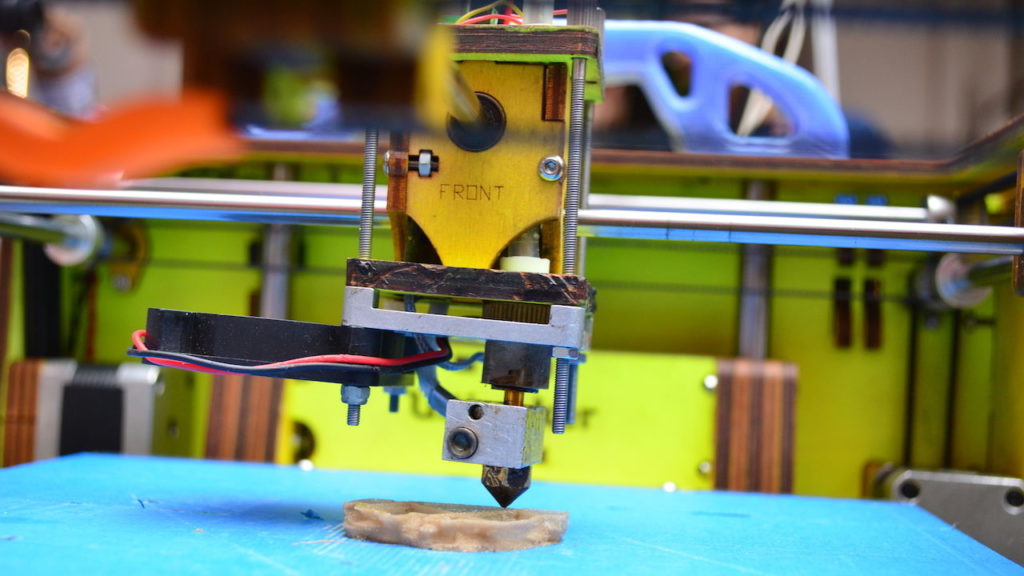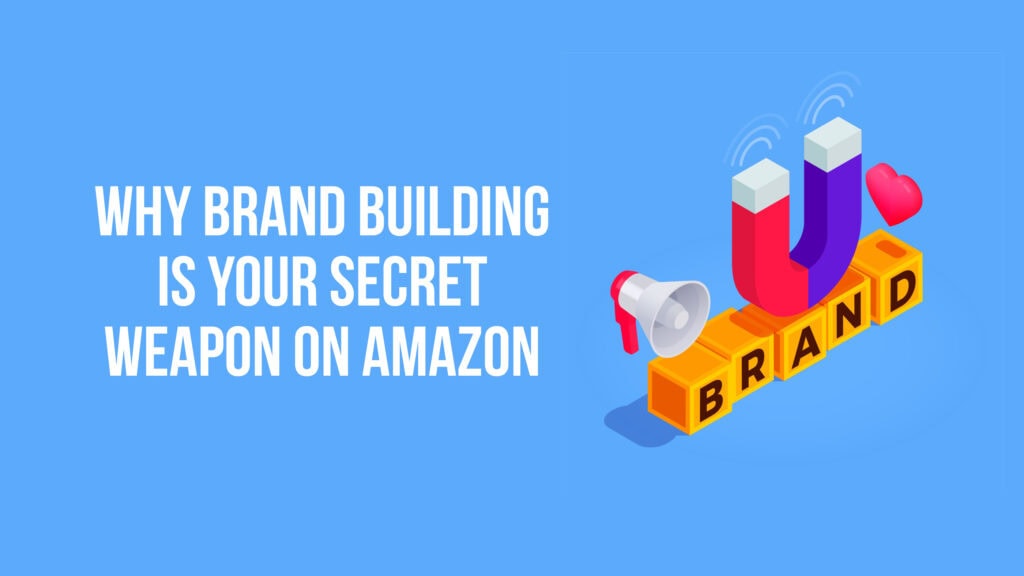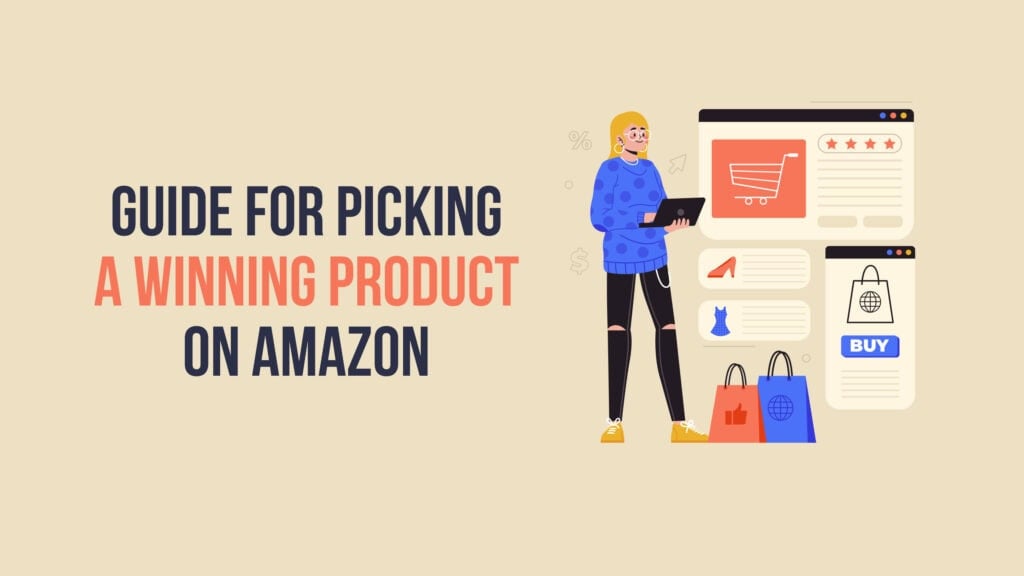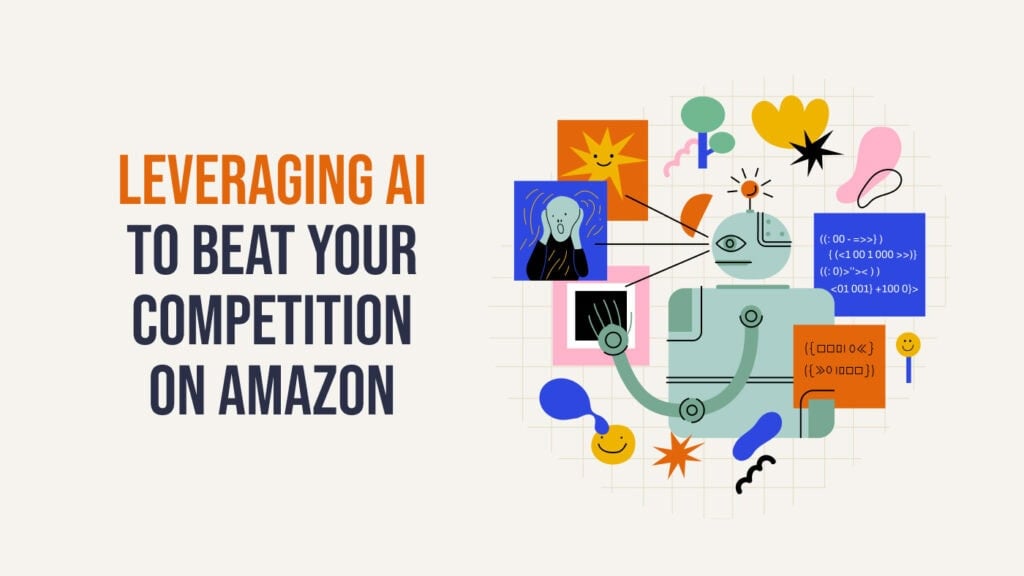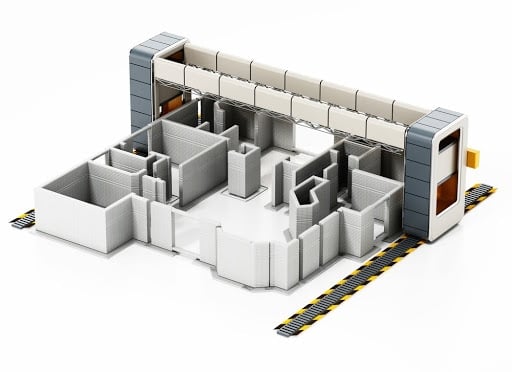What does the economy look like in a 3D printer-dominated world? We’re about to find out.
The evolution of 3D printing in 2017 may mean a breakthrough in commercial manufacturing. From healthcare to transportation, 3D printers are revolutionizing the economy.
It’s reported that the progress of 3D printing in health care is so prevalent that it will dominate in production of items such as hip and jaw replacements.
It’s not just benign items such as bone replacements that will reap the manufacturing benefits of 3D printers, however—human organs are on the list too.
Dentistry is especially impacted by an increased use of 3D printers.
Since 2015, revenues have jumped for a top dental manufacturer that utilizes 3D printing. Experts are predicting the domination of 3D printers specifically in the dentistry industry for the manufacturing tool’s ability to streamline everything from oral scanning tools to dentures. The impact of 3D printing on the dental industry isn’t just commercial, however. They also bring patients closer to the technology. 3D printing is also providing services.
The normalization of 3D printers in the commercial realm spans almost all industries.
For example, the aerospace industry gets a boost with 3D printers. They can be used to print maintenance tools necessary for the completion of space missions. Their lightness and efficiency incentivizes businesses to adopt them. Moreover, the growing flexibility in regard to potential materials used for 3D printing doesn’t appear to be slowing down. That’s a positive sign for business.
The adoption of 3D printing by business can streamline an otherwise expensive and lengthy process. Their incorporation to business models cuts down on inefficiency such as potential labor costs, material limitations and more.
Analysts believe that 3D printing will emerge in 2017 from the outskirts of technological innovation into mainstream commercial use. This is sure to change the labor market due to the tool’s ability to replace large sums of manufacturing jobs. In other words, the evolution of automation in manufacturing continues.
RELATED:
• First In A Decade: Valentine’s Day Consumers Expected to Spend Less
• Uber Takes Off into Flying Cars Market
• 7 Questions You Need to Ask Yourself Before Agreeing to a Partnership
